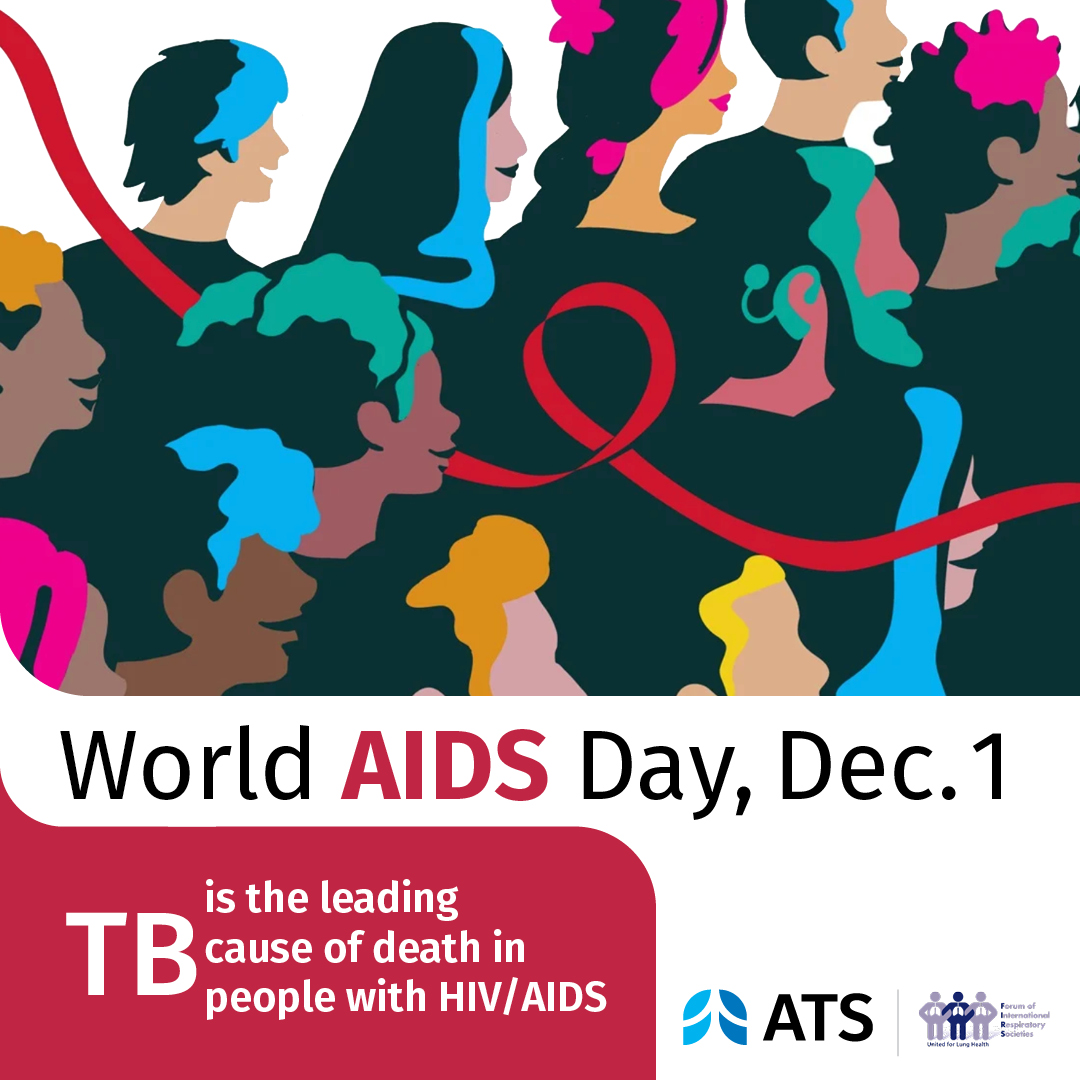The Forum of International Respiratory Societies (FIRS) warns that air pollution exposure may stunt lung function growth of children into adolescence.
An article published by scientists at Utrecht University in the European Respiratory Journal found that Dutch children, exposed to air near their homes containing high concentrations of nitrogen dioxide, soot, and particulate matter from preschool age onwards, had lower airway growth at 16 years of age [1].
“We used air pollution exposure data from birth until age 16 and we found that exposure to higher levels of air pollution may be associated with airway obstruction in adolescence”, says Edith Milanzi, article author, Utrecht University, Netherlands [2].
Boys normally have narrower airways than girls during this phase of development, and they may be particularly susceptible to stunted airway growth from air pollution.
This is one of the few studies to examine the impact of air pollution exposure during critical time windows of airway growth over the human lifespan. “Stunted airway growth in children is a matter of great concern for parents and societies since it results in low peak lung function in adulthood which is a very important risk factor for developing emphysema later in life”, according to Dr. Akshay Sood, Professor of Medicine at the University of New Mexico and member of FIRS Environmental Committee [3].
The World Health Organization (WHO) estimates that 92 percent of the world’s population live in areas with inadequate outdoor air quality, and this pollution contributes to 1 out of every 8 deaths.
Although air pollution affects high income countries, the rapid economic growth in low income countries has left air quality in many Asian and African cities notoriously poor.
The lessons learnt from this and other studies warrant immediate steps to protect the health of our children, starting from conception onwards.
Use of cleaner fuels such as renewable sources and reducing industrial pollutants may help improve air quality. “The justification for combating air pollution comes from the Children’s Health Study in Southern California which showed that improvement in air quality raised lung function growth rate in children”, says Dr. Sood.
It is hoped that investigating the effects of air pollution will help keep the conversation going among policy makers.
Edith Milanzi concludes: “this study underlines the fact that air pollution is a global problem and therefore requires collaboration between different governments and stakeholders world-wide to come up with and more importantly implement effective solutions”.
Notes to Editors
[1] Milanzi EB, Koppelman GH, Smit HA, et al. Air pollution exposure and lung function until age 16: the PIAMA birth cohort study. Eur Respir J 2018; in press.
The paper can be viewed at: https://doi.org/10.1183/13993003.00218-2018
[2] Edith Milanzi is at PhD candidate at the Institute for Risk Assessment Sciences (IRAS), Utrecht University, Netherlands.
[3] Dr. Sood is a Professor at the University of New Mexico School of Medicine and the Miners' Colfax Medical Center Endowed Chair in Mining-Related Lung Diseases. He is expert in mining-related occupational dust exposures and household air pollution.
About the Forum of International Respiratory Societies (FIRS)
The Forum of International Respiratory Societies (FIRS) is an organisation comprised of the world's leading international respiratory societies working together to improve lung health globally: American College of Chest Physicians (CHEST), American Thoracic Society (ATS), Asian Pacific Society of Respirology (APSR), Asociación Latino Americana De Tórax (ALAT), European Respiratory Society (ERS), International Union Against Tuberculosis and Lung Diseases (The Union), Pan African Thoracic Society (PATS), Global Initiative for Asthma (GINA), and the Global Initiative for Chronic Obstructive Lung Disease (GOLD).
The goal of FIRS is to unify and enhance efforts to improve lung health through the combined work of its more than 70,000 members globally.
For more information about FIRS please contact Lisa Roscoe This email address is being protected from spambots. You need JavaScript enabled to view it..
The European Respiratory Journal (ERJ) is the official scientific journal of the European Respiratory Society (ERS) and the most highly regarded peer-reviewed respiratory journal in Europe, with a current impact factor of 12.242. The ERJ features cutting-edge clinical and experimental work in the field of respiratory medicine as well as task force reports and guidelines, reviews and editorials.




